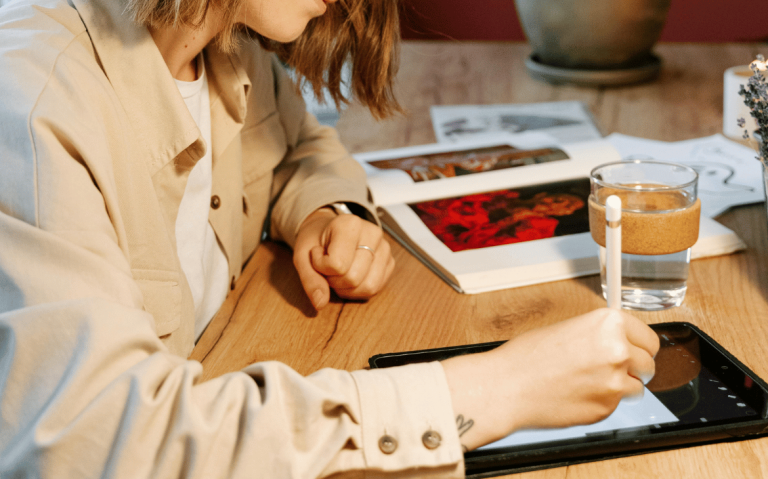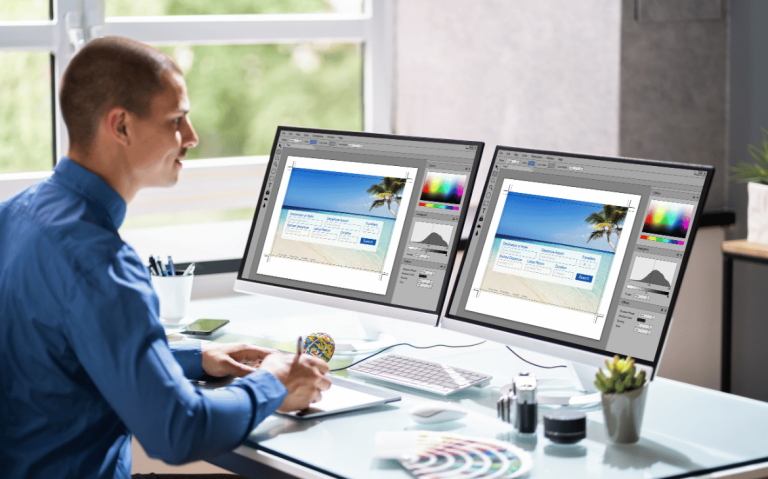In 2025, icons have become more than just small visuals that guide navigation — they are a powerful branding tool. Custom icon sets help businesses create a unique identity, reinforce brand personality, and provide a seamless user experience across digital platforms. Unlike generic icons, well-crafted sets establish consistency and recognition, ensuring every interaction feels authentically aligned with your brand.
This article explores how to design icon sets that define your brand personality, why they matter, and the principles to follow for maximum impact.
Why Icons Matter for Brand Personality
Icons are often the first visual cues users notice on websites, apps, and digital products. They serve both functional and emotional roles:
- Functional: Simplify navigation and improve usability
- Emotional: Express tone, values, and personality of a brand
- Recognition: Build consistency across multiple platforms
- Aesthetic: Add a polished, professional look to interfaces
A consistent, custom icon set transforms simple interactions into brand-defining moments.
Align Icons with Brand Personality
To create icon sets that truly reflect your brand, start by defining your brand attributes. Is your brand playful and vibrant, professional and minimal, or bold and adventurous? Your icons should mirror these traits.
Examples:
- A fintech app may use clean, geometric icons to reflect trust and professionalism.
- A children’s learning platform could embrace colorful, rounded icons that feel fun and friendly.
- A luxury fashion brand might choose sleek, line-based icons for a sophisticated and elegant identity.
Every stroke, curve, and color choice should communicate your brand’s personality.
Design Principles for Effective Icon Sets
a) Consistency Is Key
Icons should share the same style, line thickness, corner radius, and color palette to create harmony across your interface.
b) Balance Functionality and Aesthetics
While icons should reflect brand personality, they must remain intuitive and recognizable to avoid user confusion.
c) Scalability and Flexibility
Design icons that remain clear and sharp across all screen sizes, from mobile apps to large desktop displays.
d) Use Color Purposefully
Apply brand colors strategically. For example, highlight CTAs or active states with accent colors while keeping the core set minimal.
Tools for Designing Custom Icon Sets
Modern tools make creating consistent icon sets easier than ever:
- Figma & Sketch → Ideal for scalable, vector-based designs
- Adobe Illustrator → Industry standard for detailed icon creation
- IconJar & Nucleo → Organize and manage icon libraries
- AI-Powered Tools → Generate style variations quickly for experimentation
These tools streamline workflows, ensuring professional-quality icons that align with brand goals.
Real-World Examples
- Google’s Material Icons → Minimal, consistent, and universally recognized
- Airbnb’s Belo Icons → Friendly, rounded designs matching its inclusive personality
- Spotify’s Iconography → Bold, energetic icons reflecting its dynamic brand voice
Each brand uses icons not just for function but as extensions of their personality.
Final Thoughts
In 2025, creating custom icon sets is a vital step toward building a recognizable and consistent brand personality. By aligning icons with your values, tone, and style, you ensure every interaction feels authentic and engaging.
When done right, icons become more than visual aids — they turn into brand ambassadors that define identity, improve usability, and make your digital presence unforgettable.





